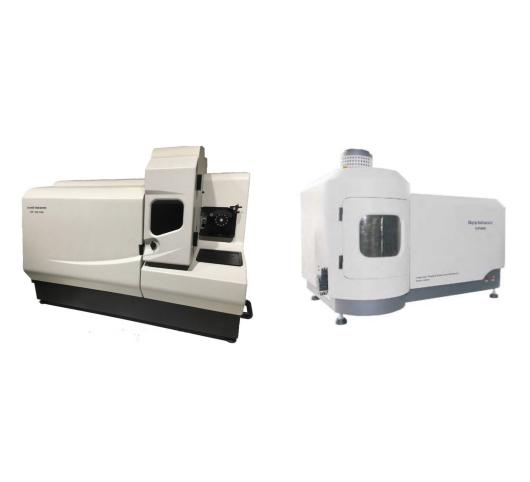News
What is an Anaerobic Incubator: Features, Gases, and Uses
Anaerobic incubators are essential tools for the cultivation and handling of anaerobic microorganisms. They provide a controlled environment that allows these organisms to grow and thrive. This article will provide a guide to the features, gases, and use of anaerobic incubators. We will discuss the different types of gases used in anaerobic incubators, the features that…
What is an Atomic Absorption Spectrophotometer & How Does It Work?
In the realm of analytical chemistry, atomic absorption spectrophotometry (AAS) is a powerful technique that enables the qualitative and quantitative analysis of elements present in a wide range of samples. The atomic absorption spectrophotometer (AAS) is the instrumental apparatus employed to perform AAS measurements. This article aims to provide a comprehensive understanding of atomic absorption…
Best Laboratory Centrifuge Guide 2023: Common Applications, Safe Installation & Operation, How to Work
A laboratory centrifuge is a device used in scientific and medical laboratories to separate substances of different densities or particle sizes from a sample mixture. It utilizes centrifugal force to rapidly spin samples, causing heavier components to move towards the outer edges while lighter components collect in the center. This separation allows for further analysis…
How to Measure Total Organic Carbon Analyzer (TOC) – Best 4 TOC Analysis Methods
A is an instrument used to measure the amount of organic carbon present in a given sample. It is commonly used in environmental testing, water quality analysis, and process monitoring. TOC analyzers work by oxidizing the organic carbon in the sample to produce carbon dioxide, which is then detected and quantified. This measurement provides valuable…
FTIR Spectrophotometers Guide: Working Principle, Cost, Selecting Tips
FTIR (Fourier Transform Infrared) spectrophotometers are powerful analytical tools used in various scientific and industrial applications. They offer valuable insights into the composition, structure, and properties of a wide range of materials. This comprehensive article will delve into the working principle of FTIR spectrophotometers, explore their costs, and provide an in-depth guide to selecting the…
Bench Top Centrifuge Full Guide 2023 – Types, Principles, Parts, Applications, Pros & Cons
A bench top centrifuge is a laboratory instrument used to separate substances of different densities within a sample. It consists of a motorized rotor that spins at high speeds, creating centrifugal force. When a sample is placed in the rotor and spun, the centrifugal force causes the denser particles to move towards the outer edges…
How does A Fume Hood Work?
A fume hood is a piece of laboratory equipment that is used to shield researchers and laboratory employees from dangerous gases, vapors, and airborne particles. These enclosed workplaces are critical for ensuring a safe and controlled environment when working with chemicals, volatile compounds, or biological agents. In this article, we will focus on the topic…
How to Use A Vortex Mixer?
A vortex mixer is a flexible laboratory equipment used to efficiently mix, blend, or agitate liquid samples. Its distinctive swirling action forms a vortex within the sample, ensuring full mixing without the need for manual shaking or stirring. In this article, we will provide a step-by-step guide on how to use a vortex mixer effectively, ensuring…
ICP-OES VS ICP-MS:7 Key Differences Analysis
ICP-OES (Inductively Coupled Plasma Optical Emission Spectroscopy) and ICP-MS (Inductively Coupled Plasma Mass Spectrometry) are two widely used techniques in elemental analysis. They both offer valuable insights into the composition of various samples, but understanding their differences is crucial for selecting the most suitable method for specific analytical needs. In this article, we will delve into the…
Carbon Sulfur Analyzer: What are the Features and Main Applications
The analysis of carbon and sulfur content in various materials is essential for industries such as steel, petroleum, environmental monitoring, and research. Carbon Sulfur Analyzers are specialized instruments that provide accurate measurements of carbon and sulfur levels in samples, enabling quality control, process optimization, and compliance with regulatory standards. In this article, we will explore the…











